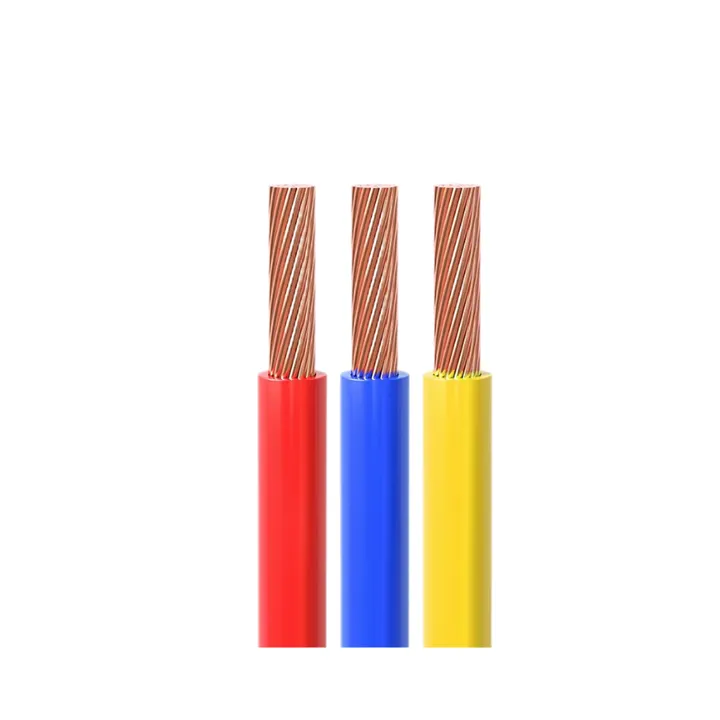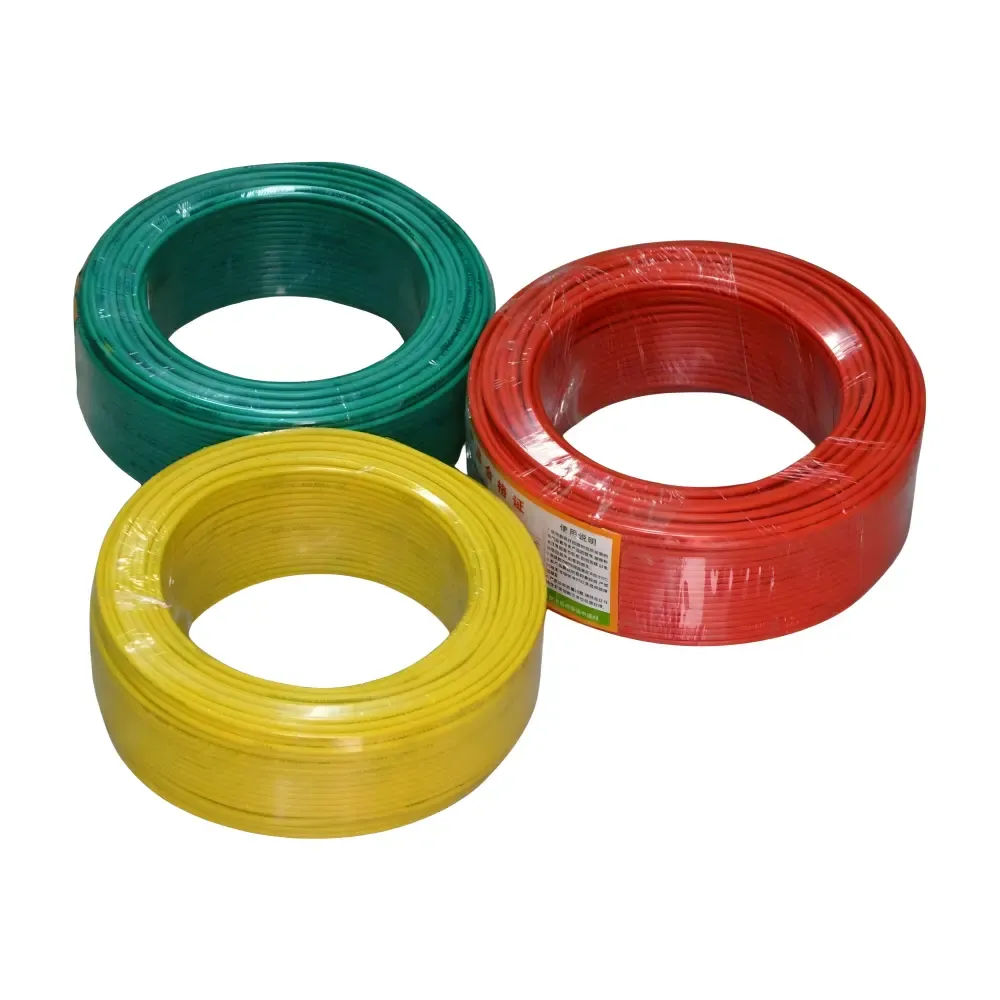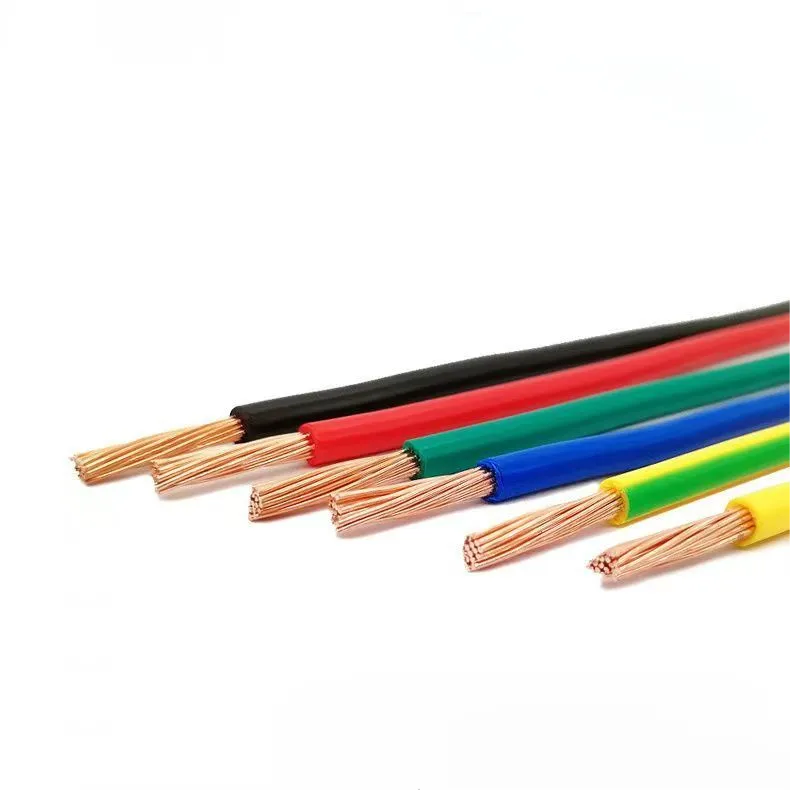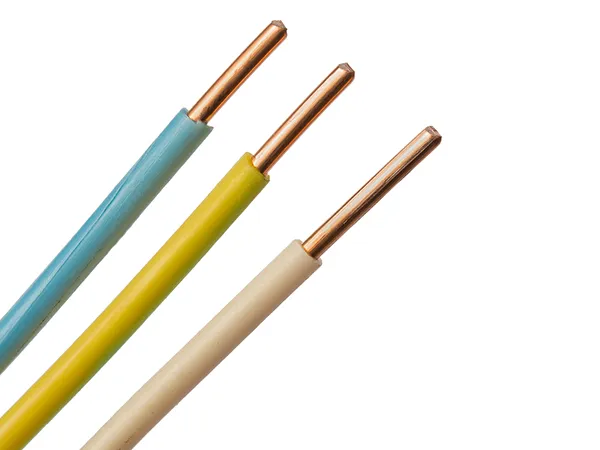Key Quality Checks Before Importing Electrical Cables from China
Time: 2025-08-05 16:36:17
Source: Henan Province Jianyun Cable Co., Ltd.
Importing electrical cables from China requires rigorous quality checks to ensure compliance with international standards, safety, and performance requirements. Chinese manufacturers produce a wide range of cables, including low-voltage (0.6/1 kV), medium-voltage (6/10 kV to 26/45 kV), and specialized cables (e.g., solar, control cables), often at competitive prices. However, variations in manufacturing quality and regulatory compliance necessitate thorough evaluation to avoid costly issues like non-compliance, equipment failure, or safety hazards. This guide outlines essential quality checks to perform before importing electrical cables from China, presented in a formal and structured manner.

Table of Contents
1. Importance of Quality Checks
Quality checks are critical to ensure that imported electrical cables meet safety, performance, and regulatory requirements. Key reasons include:
-
Safety: Substandard cables can lead to electrical faults, fires, or shocks, posing risks to users and infrastructure.
-
Compliance: Cables must meet international standards (e.g., IEC 60502, IEC 60227) and destination-specific regulations (e.g., CCC for China, CE for Europe) to pass customs and avoid penalties.
-
Performance: Poor-quality cables may cause excessive voltage drop, overheating, or signal loss, affecting system reliability.
-
Cost Efficiency: Identifying defects before import prevents costly rework, returns, or project delays.
|
Reason
|
Impact
|
|
Safety
|
Prevents faults, fires, shocks
|
|
Compliance
|
Meets IEC, CCC, CE standards
|
|
Performance
|
Ensures reliability, minimizes losses
|
|
Cost Efficiency
|
Avoids rework, delays
|
2. Key Quality Checks Before Importing
Perform the following quality checks to ensure cables meet specifications and standards:
-
Verify Specifications:
-
Confirm conductor material (copper or aluminum), size (e.g., 2.5 mm², 4 mm²), and class (Class 1, 2, or 5 per IEC 60228).
-
Check insulation (e.g., PVC, XLPE, PE) and sheathing materials, voltage rating (e.g., 0.6/1 kV, 450/750 V), and additional features (e.g., armoring, flame-retardant).
-
Request Samples:
-
Obtain cable samples (e.g., 1–2 m lengths) for physical and electrical testing before bulk production.
-
Verify sample compliance with provided specifications and standards.
-
Conduct Pre-Shipment Inspection:
-
Hire a third-party inspection agency to check cable quality at the supplier’s facility.
-
Inspect drum packaging, labeling, and physical condition (e.g., no insulation damage, proper winding).
-
Ensure Standards Compliance:
-
Verify adherence to international standards (e.g., IEC 60502 for power cables, IEC 60227 for PVC cables) and regional certifications (e.g., CCC, CE, RoHS).
-
Confirm flame-retardant properties meet IEC 60332-1 for fire-sensitive applications.
-
Check Packaging:
-
Ensure cables are wound on ISPM 15-compliant wooden or steel drums to prevent pest-related customs issues.
-
Verify protective wrapping (e.g., plastic, tarpaulin) to shield against moisture, UV, and abrasion.
|
Quality Check
|
Details
|
|
Specifications
|
Conductor, insulation, voltage rating
|
|
Samples
|
Test 1–2 m lengths for compliance
|
|
Pre-Shipment Inspection
|
Third-party check, drum condition
|
|
Standards
|
IEC 60502, IEC 60227, CCC, CE
|
|
Packaging
|
ISPM 15 drums, protective wrapping
|
3. Documentation and Certification Verification
Accurate documentation and certifications are essential for quality assurance and customs clearance:
-
Technical Data Sheets:
-
Request detailed data sheets specifying conductor size, insulation type, voltage rating, and performance metrics (e.g., insulation resistance >1000 MΩ/km for XLPE).
-
Test Reports:
-
Obtain reports for routine tests (e.g., conductor resistance, voltage withstand at 3.5 kV AC for 0.6/1 kV cables) and type tests (e.g., thermal aging, flame propagation per IEC 60332-1).
-
Certifications:
-
Verify certifications like CCC (China), CE (Europe), or RoHS (environmental compliance).
-
Ensure CCC mark for China-bound cables or an investigation letter for exempt products.
-
Commercial Documents:
-
Check commercial invoice, packing list, bill of lading, and certificate of origin for accuracy.
-
Confirm HS codes (e.g., 8544.42 for insulated cables with connectors) for customs duties.
|
Document/Certification
|
Purpose
|
|
Technical Data Sheets
|
Verify specs, performance metrics
|
|
Test Reports
|
Conductor resistance, voltage withstand
|
|
Certifications
|
CCC, CE, RoHS compliance
|
|
Commercial Documents
|
Invoice, packing list, HS codes
|
4. Testing Procedures
Conduct thorough testing to validate cable quality, either through samples or pre-shipment inspections:
-
Electrical Tests:
-
Insulation Resistance: Measure resistance (e.g., >10 MΩ/km for PVC at 70°C, >1000 MΩ/km for XLPE at 20°C) using a megohmmeter.
-
Voltage Withstand: Apply high voltage (e.g., 3.5 kV AC for 5 minutes for 0.6/1 kV cables) to confirm insulation integrity.
-
Conductor Resistance: Verify resistance (e.g., 7.41 Ω/km for 2.5 mm² copper, 4.61 Ω/km for 4 mm²) to ensure conductivity.
-
Mechanical Tests:
-
Test bending radius (e.g., 6–12 times cable diameter) and tensile strength to ensure durability during installation.
-
Check abrasion resistance for insulation and sheathing.
-
Environmental Tests:
-
Verify moisture resistance for XLPE/PE insulation and UV resistance for PE sheathing.
-
Test flame-retardant properties per IEC 60332-1 for fire safety.
-
Third-Party Testing:
-
Engage accredited laboratories to perform tests if in-house facilities are unavailable.
|
Test Type
|
Details
|
|
Electrical
|
Insulation resistance, voltage withstand
|
|
Mechanical
|
Bending, tensile strength, abrasion
|
|
Environmental
|
Moisture, UV, flame-retardant tests
|
|
Third-Party
|
Engage accredited labs
|
5. Supplier Evaluation
Assessing the supplier’s reliability is crucial to ensure consistent quality:
-
Manufacturer Credentials:
-
Verify ISO 9001 certification for quality management and a track record of supplying compliant cables.
-
Check experience with similar cable types (e.g., low-voltage power, solar cables).
-
Production Capabilities:
-
Confirm capacity for bulk orders (e.g., MOQ of 100–1000 m) and customization (e.g., armoring, specific insulation).
-
Evaluate production equipment (e.g., automated extrusion, testing facilities).
-
Quality Control Processes:
-
Request details on in-process inspections, testing protocols, and defect rates.
-
Ensure traceability through cable markings (e.g., type, size, voltage).
-
References and Audits:
-
Request references from previous clients or conduct a factory audit to verify production standards.
|
Evaluation Aspect
|
Details
|
|
Credentials
|
ISO 9001, experience with cable types
|
|
Production
|
Capacity, customization, equipment
|
|
Quality Control
|
Inspections, testing, traceability
|
|
References
|
Client references, factory audits
|
6. Challenges and Solutions
|
Challenge
|
Solution
|
|
Non-Compliance
|
Verify certifications (CCC, CE), request test reports
|
|
Quality Variations
|
Conduct pre-shipment inspections, test samples
|
|
Customs Issues
|
Ensure accurate documentation, ISPM 15 packaging
|
|
Supplier Reliability
|
Evaluate credentials, conduct audits
|
7. Conclusion
Performing thorough quality checks before importing electrical cables from China is essential to ensure safety, compliance, and performance. By verifying specifications, testing samples, conducting pre-shipment inspections, ensuring proper documentation, and evaluating suppliers, importers can mitigate risks of defects, non-compliance, or delays. Adhering to standards like IEC 60502 and regional certifications like CCC ensures cables meet regulatory and application requirements, supporting reliable electrical installations with a lifespan of 25–30 years.




